What is value ? And how do we assess things ?
Why some object has higher value than another ?
In the beginning, an object's value was measured against its usefulness : food, medicine, cloth, cattle (sheep, cows, camels), horses, hunting and attack tools (swords, armor, spears, knives). They corresponded to vital needs for human survival.
Then man use processed ores to create coins (bronze, silver, gold). These elements, which are called precious metals, are differentiated with respect to their rarity and their physico-chimical properties. These coin currencies made it possible to gain in volume since the goods to be exchanged or bartered are replaced by metal coins easily transported in purses.
In our modern societies, value of objects has outright transcended according to several criteria : Group or membership effects, fashion or trends, and images or marketing.
An ordinary cosmetic product will cost more if it’s worn by a star.
Plots of land in a desert area will see their prices skyrocket as among the first residents are millionaire businessmen.
Man evaluates object according to his collective image. In the food industry, products have become essential with large advertising budgets, even if they are sometimes harmful to our health. Even an unfounded rumor can damage the stock market value of a solid company.
Does my assessment correspond to the fair value of the item ? It will always remain a subjective question. As we have seen, it depends on several factors.
And for a fair balance of what the earth offers us and the needs of billions of populations, we must try minimizing gaps between utility of the object and image we are trying to attribute to it. This will allow preservation of resources and their equitable sharing. A good quality shoe made in India or Africa with a local brand should have the same intrinsic value as that of American or European brands.
